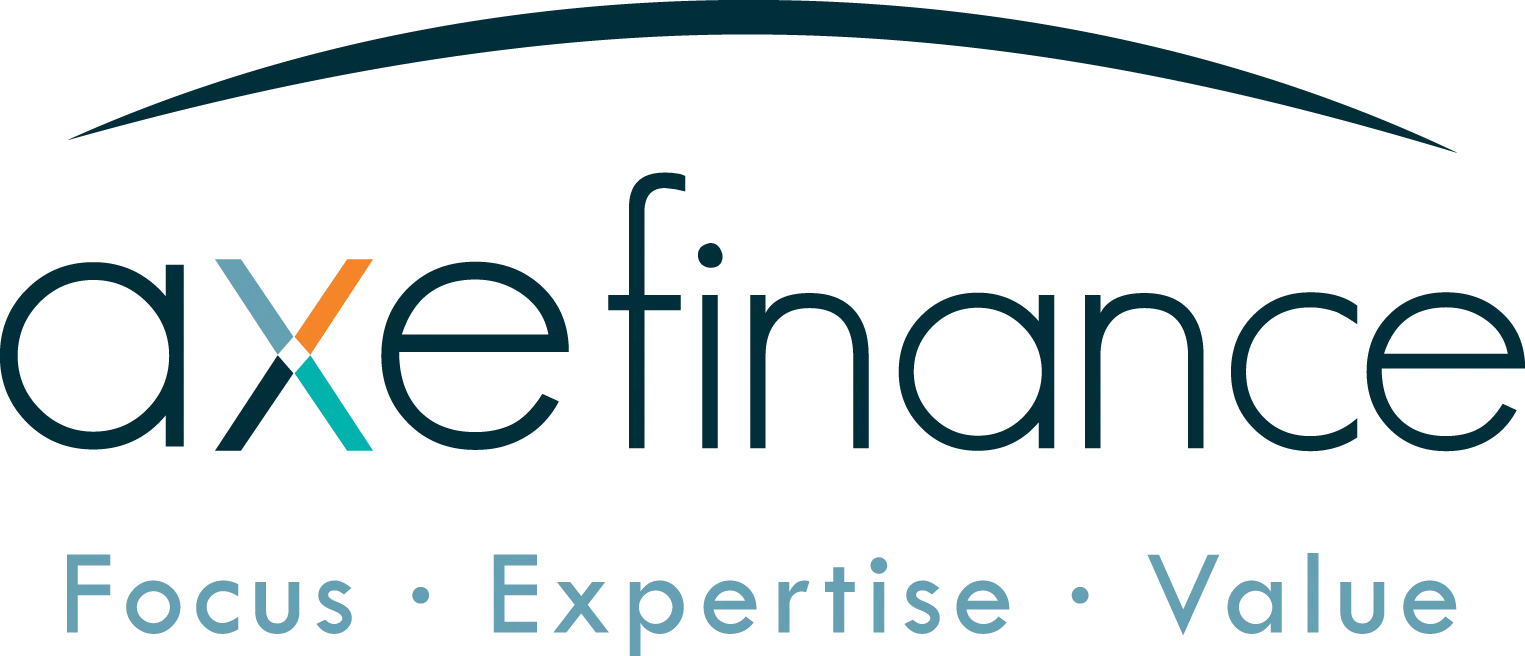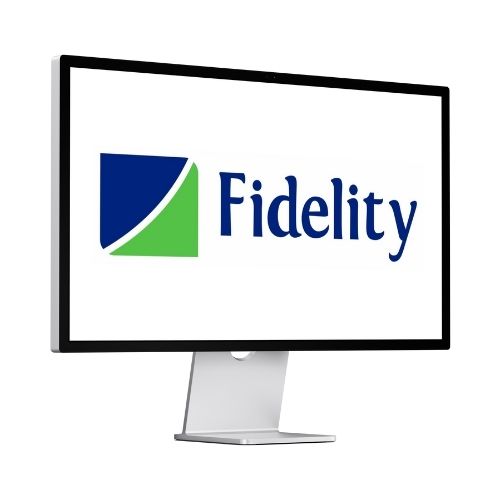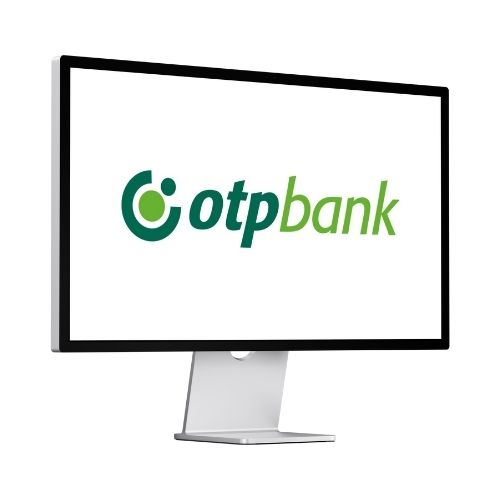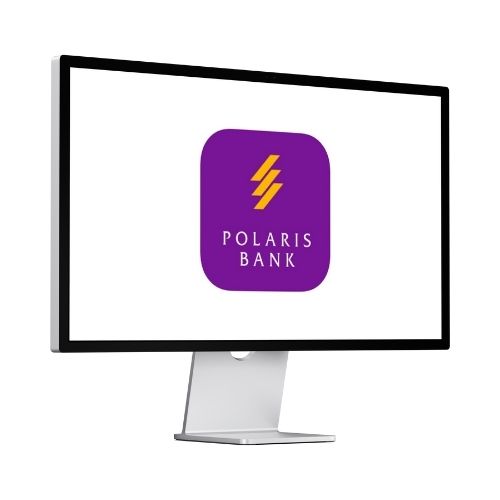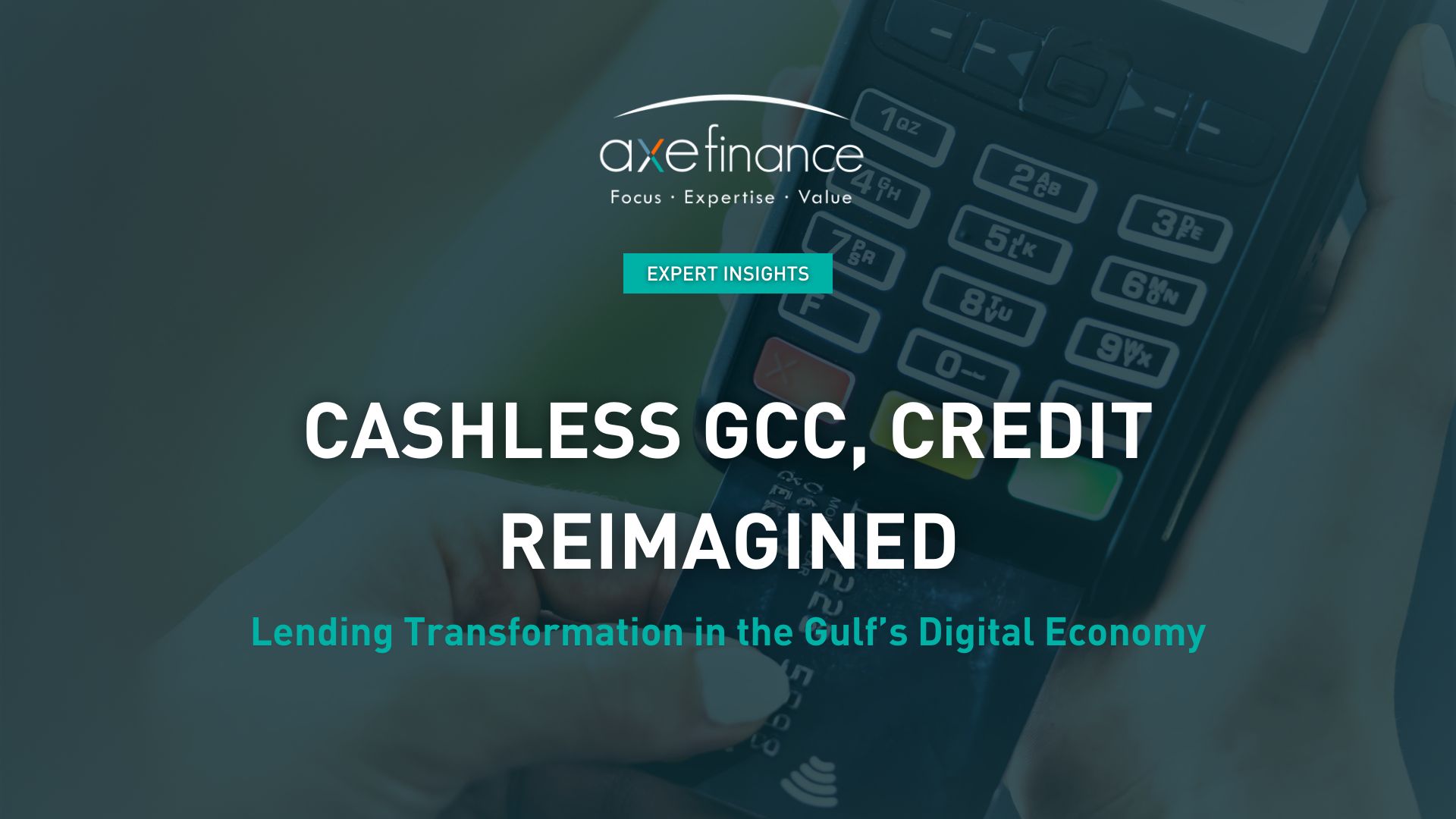Why Cashless Matters For Credit
The GCC region has among the highest smartphone penetration rates in the world, making it fertile ground for digital payments. Saudi Arabia’s Vision 2030 aims for 70% non-cash transactions by 2030, while the UAE is already surpassing 50% electronic transactions. Every digital interaction leaves behind behavioural exhaust that can strengthen underwriting and portfolio monitoring.
- Saudi Arabia: digital transactions rose 30% in 2024, with SAMA reporting over 10 billion Mada card transactions.
- United Arab Emirates: card and wallet penetration exceeds 80% of adults; the Central Bank of the UAE launched its Instant Payments Platform (IPP) in 2023, already processing millions of transfers monthly.
- Qatar: the Qatar Central Bank’s Qatar Mobile Payments strategy boosted wallet adoption by 25% YoY in 2024.
- Regional overview: According to the GSMA, the Middle East processed $95 billion in mobile money flows in 2023, with GCC economies representing a growing share.
Selected Adoption Signals
- Saudi Arabia: 36% YoY increase in e-payments in 2024; point-of-sale terminals exceeded 1.5 million nationwide.
- UAE: contactless accounted for 92% of all card transactions in 2024, one of the world’s highest rates.
- Kuwait: 85% of retail transactions were digital in 2024, driven by widespread QR code adoption.
- Oman & Bahrain: smaller but growing markets; Bahrain’s FinTech Hub reports annual e-payment growth of 40%.
- Regional NPL context: GCC’s average NPL ratio stood at 3.1% in 2024, lower than Africa or CEE, but exposures are concentrated in consumer lending and SMEs.
Credit Risk Management
Portfolio Health In Focus
Credit in the GCC is heavily shaped by government regulation, Sharia-compliance, and reliance on remittances. Household debt is relatively high in some Gulf states, but sovereign support and cautious central bank oversight provide buffers.
- Saudi Arabia: household debt-to-GDP reached ~33% in 2024, with retail lending rising sharply due to mortgages and personal finance products.
- UAE: credit card penetration is high, but the Central Bank has capped consumer lending growth to manage household leverage.
- Qatar: NPL ratio stood at 2.9% in 2024, according to QCB, with risks concentrated in SMEs and construction-linked loans.
- Regional lens: sovereign backing reduces systemic credit risks, but consumer over-indebtedness in unsecured products remains a red flag.
Underwriting In A Cashless Economy: What To Actually Change
- Expand data coverage: integrate telco data, e-wallet history, and remittance flows with bureau scores. In Saudi Arabia, SAMA encourages use of Mada data for scoring.
- Real-time affordability: model cash-flow volatility for expatriate workers whose incomes are remittance-dependent.
- Channel-aware limits: differentiate between residents with bank-funded wallets and expatriates relying on cash-to-wallet loads.
- Consumer vigilance: track instalment stacking across BNPL, credit cards, and Islamic personal finance products.
- Collections that learn: use AI-guided nudges in Arabic, English, Hindi, and Tagalog for multilingual borrower bases.
Fraud And Operational Risk On Instant Rails
Cybercrime is a rising challenge across GCC’s high-speed payment rails. In 2024, the UAE Cyber Security Council reported a 27% increase in attempted payment frauds. Regulators have responded by mandating stricter KYC and biometric verification.
- Deploy behavioural biometrics and device fingerprinting at disbursement, not just login.
- Mandate step-up verification for high-value cross-border transfers, especially to remittance-heavy corridors (India, Philippines, Egypt).
- Integrate with regional fraud consortiums such as the GCC Banking Fraud Committee.
Lending Transformation
From Payments Exhaust To Credit Insight
The GCC’s consumer credit landscape is evolving fast. Payments data is increasingly leveraged to power new Sharia-compliant lending models and embedded finance solutions.
- Thin-file scoring: in Saudi Arabia, lenders are experimenting with telco data and utility payments to underwrite first-time borrowers without bureau history.
- SME working capital: UAE acquirer data is being used to provide revolving credit lines to small merchants, recalibrated weekly.
- Embedded credit: ride-hailing and food delivery platforms offer short-term credit facilities, aligned with Sharia compliance guidelines.
Governance And Stress Testing
- Run stress tests on 30% shifts from cash to instant payments, recalibrating PD/LGD models accordingly.
- Overlay macro assumptions: oil price shocks directly impact household incomes and SME repayment capacity.
- Model fraud shocks: test resilience of repayment systems under T+0 scam attempts.
Cross-Border Payments And Remittances
Why Lenders Should Care
The GCC is the world’s second-largest remittance-sending region, with outflows exceeding $120 billion in 2023. Expatriate workers—making up 70–90% of the workforce in some Gulf states—depend on remittance corridors to South Asia, Southeast Asia, and Africa. For lenders, this means credit risk is tied to cross-border liquidity and exchange rate volatility.
What To Add To Your Credit Playbook
- Cross-border affordability: model household affordability with remittance obligations in mind—essential in Saudi Arabia, the UAE, and Qatar.
- FX and settlement risk: stress-test currency volatility for workers repaying loans in dirhams or riyals while earning in other currencies.
- Fraud vectors: first-time high-value transfers to remittance corridors must be flagged as elevated risk.
Quick Checklist For Risk Leaders
- Data: capture wallet, remittance, and bureau feeds with multilingual consent flows.
- Policy: set debt-to-income caps aligned with Sharia principles; monitor BNPL growth in urban centres.
- Fraud: build consortium-based anti-fraud networks across GCC regulators.
- Ops: enable same-day collections triggers in multiple languages and channels (app, SMS, WhatsApp).
- Compliance: align with SAMA, CBUAE, QCB, and other central bank regulations for consumer credit and Islamic finance.
Conclusion
The cashless shift in the GCC is not just about efficiency—it is reshaping credit models. With sovereign-backed instant payment systems, high remittance volumes, and strong smartphone penetration, the region is well-positioned to lead in digital credit innovation. But the tension will remain: inclusion vs over-indebtedness, speed vs exposure, compliance vs innovation. Lenders who invest in robust governance, real-time affordability checks, Sharia-aligned credit models, and fraud resilience will thrive in a cash-light Gulf, while expanding access responsibly. The coming decade will test whether the GCC can balance financial inclusion for both citizens and expatriates with stability, discipline, and trust.

